Gardening Category
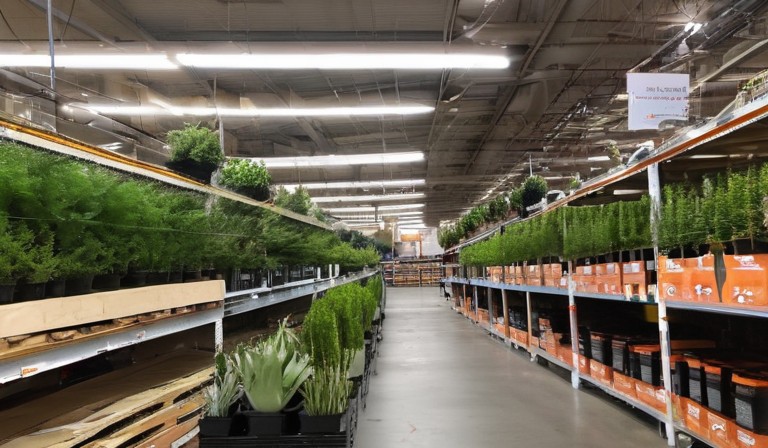
Is It Possible to Return Plants to Home Depot? Exploring the Store's Plant Return Policy
Yes, you can return plants to Home Depot. We have a flexible return policy that allows for returns of most items within 90 days of purchase. Simply bring the plants, along with your receipt or proof of purchase, to the customer service desk at your nearest Home Depot store, and we will be happy to assist you with the return process.

Can You Return Plants at Home Depot?
Yes, you can return plants at Home Depot. We have a return policy that allows you to bring back any live plant within 1 year with a receipt for a full refund. We understand that sometimes plants may not thrive or meet your expectations, and we are committed to ensuring your satisfaction.

Is it possible to cultivate rice in your own backyard?
Yes, you can grow rice at home by creating a suitable environment for it. Rice plants require a lot of water, sunlight, and warmth to thrive. It is best to start with rice seeds or pre-germinated rice and plant them in a shallow container or a paddy. Make sure to keep the soil consistently moist and provide a warm location with full sun exposure. Rice cultivation may require some specific techniques, so it is helpful to do some research or seek guidance from agricultural experts.

Can Dead Plants be Returned to Home Depot?
Yes, you can return dead plants to Home Depot. We understand that sometimes plants may not survive, and Home Depot generally has a one-year return policy for live goods. You will need to provide your proof of purchase, such as a receipt or order confirmation, and you may be offered a replacement, refund, or store credit based on the store's policy and your preference.

The Ultimate Guide to Creating the Most Effective Homemade Deer Repellent
The best homemade deer repellent consists of a mixture of strong-smelling ingredients that deter deer. One effective recipe calls for mixing equal parts of egg, water, and hot sauce, along with a few drops of dish soap. The pungent odor of this mixture will help keep deer away from your garden or plants. Remember to reapply the repellent after rainfall or every few weeks for optimal effectiveness.
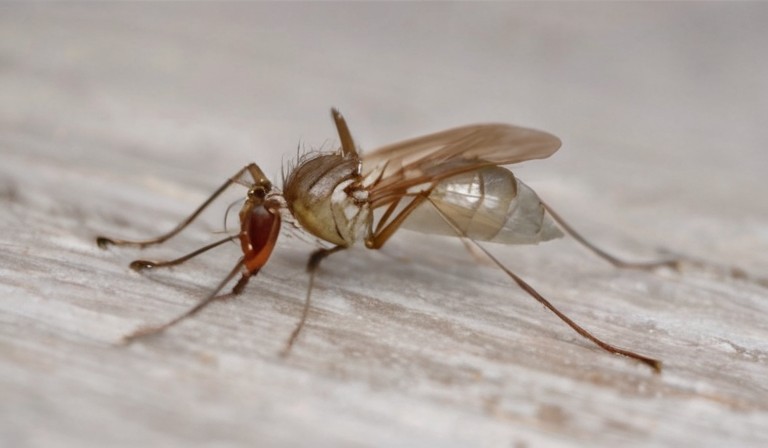
How to eliminate gnats infestation in your house?
To get rid of gnats in your house, there are a few steps you can take. First, eliminate any potential sources of standing water, as gnats are attracted to moisture. Clean up any spills or leaks promptly, and ensure that areas like sinks and drains are dry. Secondly, properly dispose of overripe fruits and vegetables that may be attracting gnats. Store produce in airtight containers or in the refrigerator. Additionally, keep your house clean and free of food debris, as this can also attract gnats. If the infestation persists, you can use methods like vinegar traps or commercial insecticides to control the gnats.

Exploring the Feasibility of Growing Coffee in a Greenhouse
Yes, you can grow coffee in a greenhouse. Greenhouses provide a controlled environment with the right temperature, humidity, and light conditions for coffee plants to thrive. We can set up the ideal conditions to simulate the coffee-growing regions and ensure optimal growth and production.
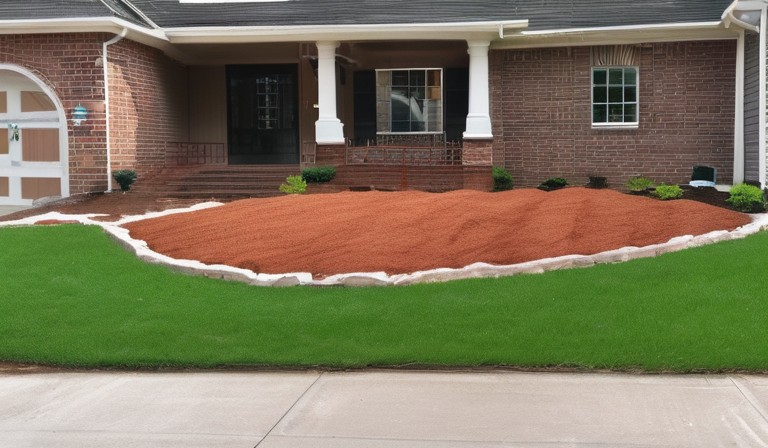
The Benefits and Considerations of Using Mulch Around a Brick House
Yes, you can put mulch against a brick house. However, it is important to leave a gap of at least 6 inches between the mulch and the brick to prevent moisture from being trapped against the wall, which can cause damage over time. This will also help to prevent pests from accessing your home. It is always recommended to follow the specific guidelines and recommendations provided by professionals or local authorities in your area.
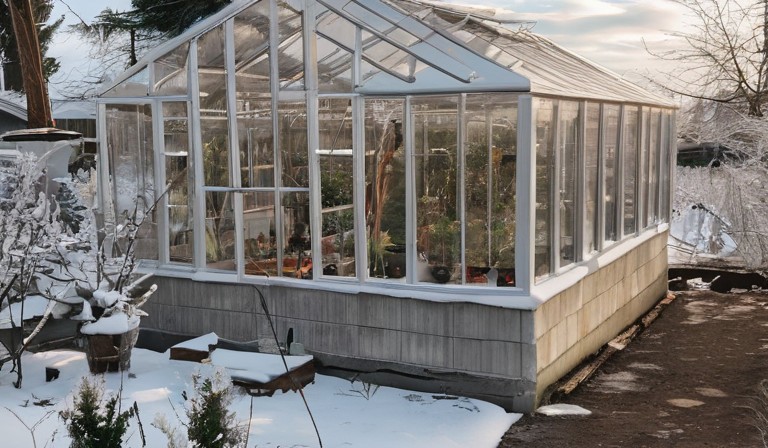
Making the Most of Greenhouses During Winter: Tips for Year-Round Gardening
Yes, you can use a greenhouse in the winter. Greenhouses are designed to trap heat and create a controlled environment for plants, allowing you to grow certain crops all year round. By using various heating methods, insulating the structure, and utilizing a proper ventilation system, we can create a suitable environment for plants to thrive even in colder months.
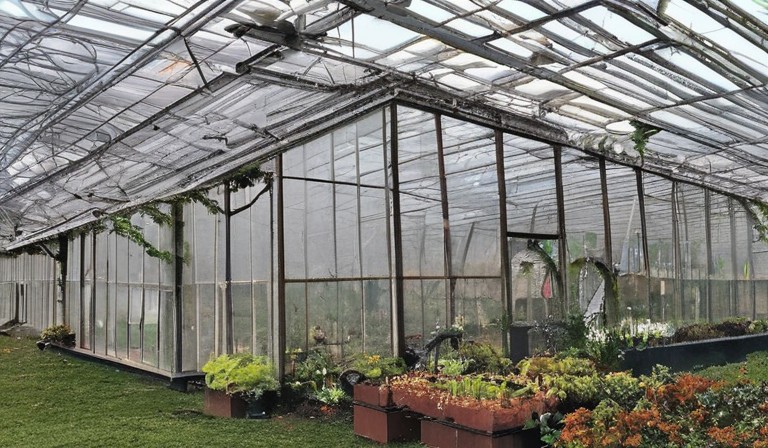
The Best Winter Crops to Grow in a Greenhouse
In a greenhouse during winter, we can grow a variety of vegetables such as kale, spinach, lettuce, carrots, radishes, and beets. Additionally, herbs like mint, parsley, and cilantro can thrive in the controlled environment. With the right temperature, adequate sunlight, and proper care, we can continue to enjoy fresh produce even during the colder months.

Year-Round Greenhouse Gardening: A Bounty of Crops You Can Grow
In a greenhouse, you can grow a variety of crops all year round, including vegetables, herbs, and flowers. By controlling the temperature, humidity, and lighting conditions, we have the ability to create an environment that supports year-round cultivation. This allows you to grow crops that thrive in specific climate conditions, ensuring a steady supply of fresh produce throughout the seasons.

Indoor Gardening: Tips for Growing Geraniums Successfully in Your Home
Yes, you can keep geraniums in the house. They are commonly grown as houseplants and can thrive indoors with the right conditions. Provide them with bright, indirect sunlight, well-draining soil, regular watering, and occasional fertilization to keep them healthy. Remember to monitor for pests and adjust your care routine as needed.
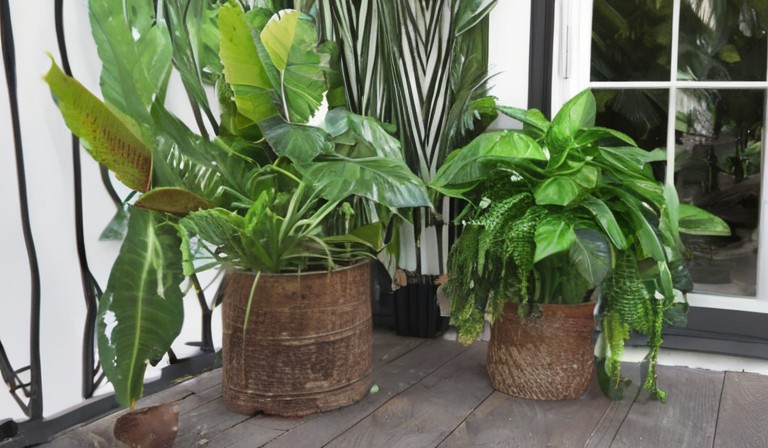
Why You Can Safely Place Houseplants Outdoors: Tips for Transitioning Your Plants to an Outdoor Environment
Yes, you can put houseplants outside. However, it is important to consider the specific needs of each plant as some may prefer the indoors. You should gradually acclimate the plants to the outdoor environment by placing them in a partially shaded area and gradually exposing them to more sunlight. Be mindful of weather conditions, temperature, and wind exposure, as they can affect the health and well-being of the plants. Regularly inspect and water the plants, and bring them indoors if there is a risk of frost or extreme weather conditions.

The Surprising Presence of Ladybugs in Your House: Exploring the Reasons Behind their Abundance
The presence of ladybugs in your house may be due to their search for shelter and warmth during the colder months. Ladybugs often seek refuge indoors to survive the winter season. They are attracted to the warmth and light that your house provides. If you are finding a large number of ladybugs in your house, it is recommended to seal any cracks or openings in windows, doors, and walls to prevent them from entering.
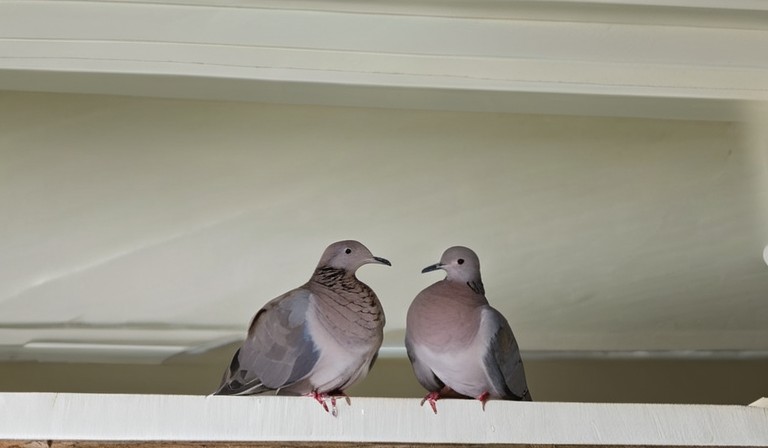
The Curious Case of Doves: Understanding Their Presence Around Your House
Doves may be hanging around your house for several reasons. They are known to be attracted to areas with a reliable food source, such as bird feeders or nearby grain or seed storage. Additionally, if your house provides shelter or nesting spots, it may be a suitable habitat for them. Doves are also social birds and tend to flock together. So, if you have one dove around, others may follow. If you don't mind their presence, it could be enjoyable to observe their peaceful behavior. However, if you find their presence bothersome, ensuring there are no open food sources or blocking off access to nesting spots may help discourage them from lingering around your house.
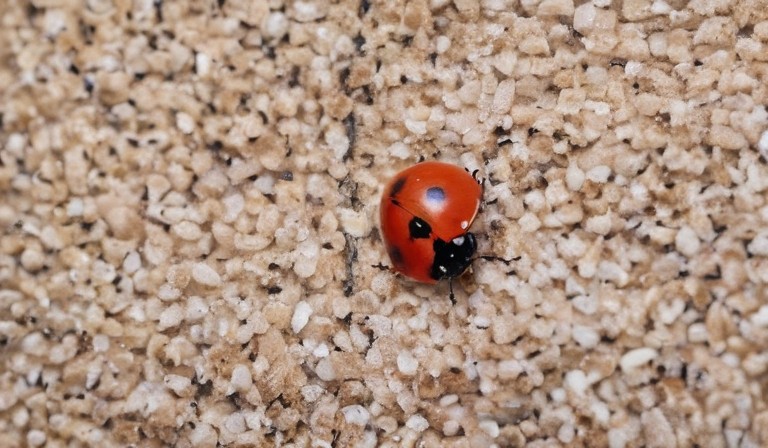
Exploring the Reasons Behind the Presence of Ladybugs in Your House
Ladybugs may be in your house because they are seeking shelter and warmth during colder months. They are attracted to the heat and light coming from your house, which makes it a suitable place for them to hibernate. It is possible that they have found their way inside through cracks or small openings. To prevent ladybugs from entering your house, it is advisable to seal any gaps or openings and make sure windows and doors are properly sealed.
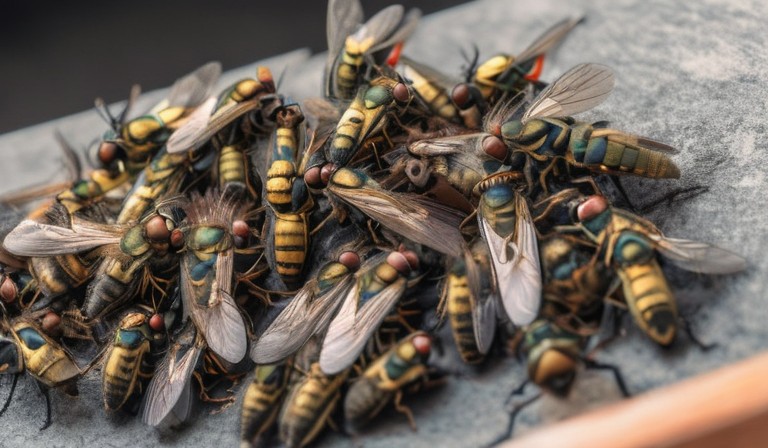
The Proliferation of Flies: Understanding the Causes of Unwanted Visitors Outside Your Home
There may be a higher population of flies outside your house due to various factors such as warm weather, the presence of food or garbage, or nearby breeding sites. Flies are attracted to these conditions as they seek out sources of food and breeding grounds. Keeping the area clean, using screens on windows and doors, and properly disposing of waste can help reduce the number of flies around your house.
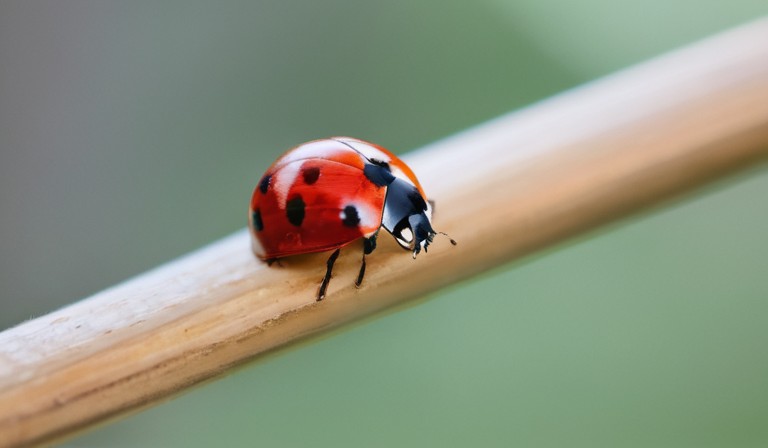
The Surprising Abundance of Ladybugs Found Outside Homes: An Exploration of Their Behavior and Ecological Benefits
You may be seeing many ladybugs outside your house because they are attracted to the warmth and light. Ladybugs often seek shelter and hibernation spots during the colder months, and your house could be a suitable place for them. Additionally, ladybugs are beneficial insects as they feed on pests, so having them around can be advantageous for your garden. If you find them too bothersome, you can gently guide them away from your house using a broom or sweep them into a container and release them elsewhere.

Exploring the Presence of Slugs in Residential Environments: Causes and Potential Solutions
We often find slugs in houses because they are attracted to moisture and darkness. Slugs thrive in damp environments, and they can easily enter our homes through small cracks or openings. They may also be drawn inside if there are food sources such as plants or pet food. To prevent slugs from entering your house, it's important to seal any gaps or cracks, reduce moisture levels, and remove potential food sources.
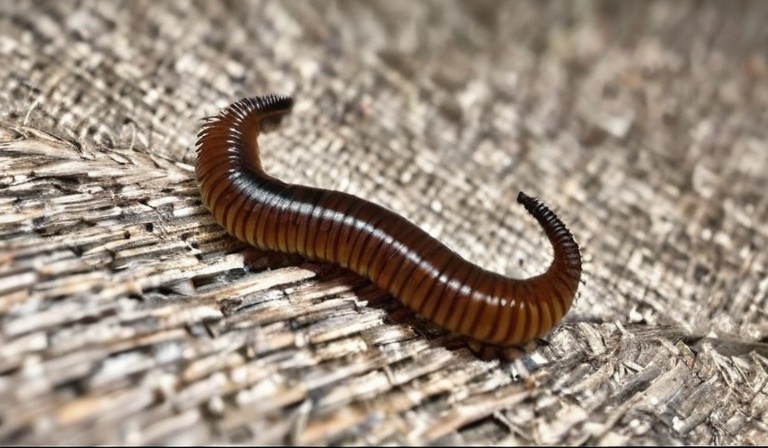
Unveiling the Intrusion: Understanding the Presence of Millipedes in Your Home
We often find millipedes in houses due to their preference for dark and damp environments. They are attracted to moisture and can enter homes through cracks, gaps, or open doors and windows. Additionally, millipedes feed on decomposing organic material, so if there is a build-up of decaying leaves or other organic matter near your house, it could be attracting them. To help mitigate the issue, make sure to seal any cracks or gaps in your home's foundation, ensure good ventilation to reduce moisture levels, and remove any excess organic debris in the vicinity.
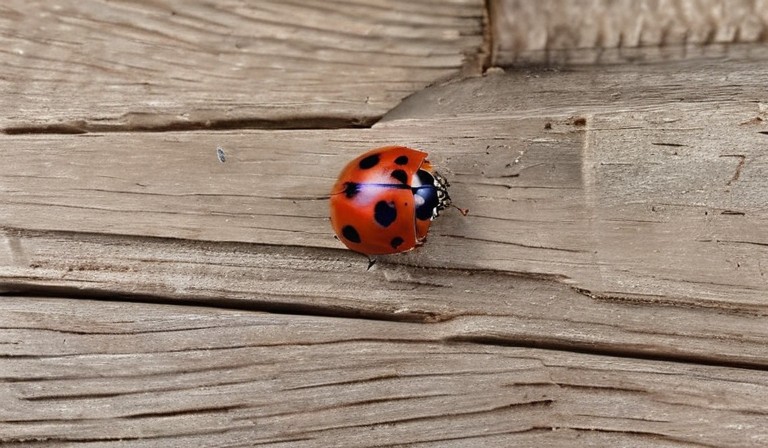
The Proliferation of Ladybugs: Understanding Their Presence in Your Home
There may be a high number of ladybugs in your house due to a few possible reasons. Ladybugs are attracted to warmth and light, so if your house provides a comfortable environment, they may seek shelter indoors. They also gather in large numbers during the colder months to hibernate, and if there are small cracks or openings in your home, they can easily enter. Additionally, ladybugs are known to release pheromones, which can attract other ladybugs to join them. To address the issue, we recommend sealing any gaps in your home, installing screens on windows, and using a vacuum or soapy water to gently remove the ladybugs.
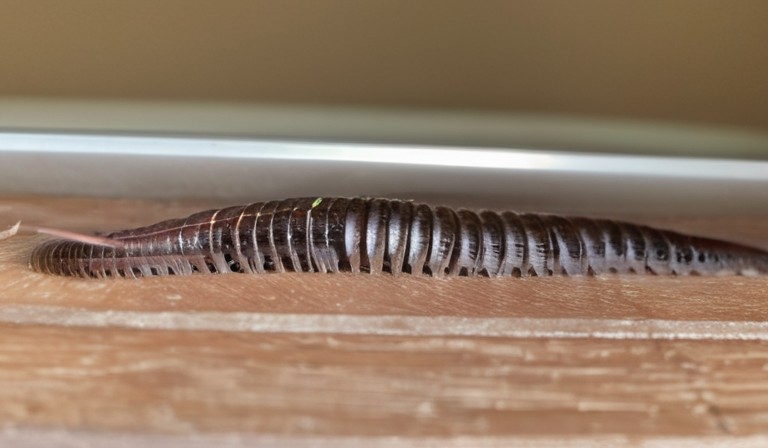
The Invasion of Millipedes: Understanding the Reasons Behind their Presence in Your Home
We apologize for the inconvenience you are experiencing with millipedes in your house. Millipedes are common household pests that are attracted to damp and dark environments. They often enter homes through cracks and openings in search of food and shelter. To prevent millipedes from entering your house, make sure to seal any gaps or cracks in the foundation and ensure that your home is well-ventilated. Additionally, keeping the area around your house clean and free of debris can help reduce their presence.
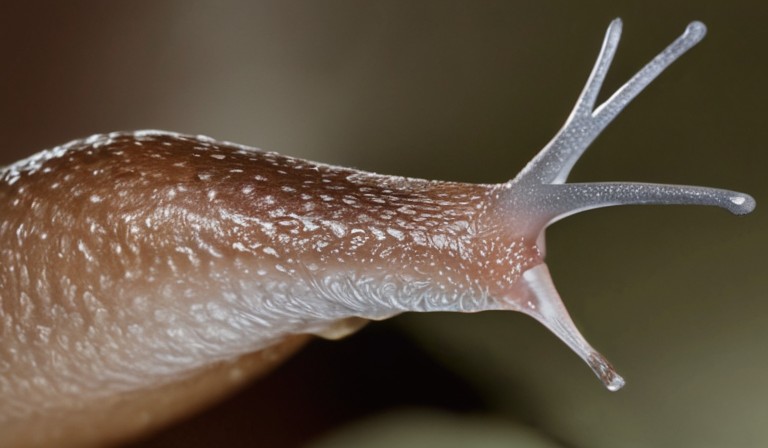
The Invasion of Slugs: Understanding Why They Invade Your House at Night
Slugs are likely coming into your house at night because they are attracted to the cool and damp environment. They seek shelter and moisture, and your house provides these conditions. Additionally, slugs may be finding their way inside through small cracks or openings. To prevent slugs from entering your home, we recommend sealing any gaps and keeping your house dry by using dehumidifiers or fixing any leaks. You can also deter slugs by eliminating any moisture sources around your house, such as standing water or wet vegetation.

The Intriguing Presence of Ladybugs in Your Home: Exploring the Reasons Behind Their Unexpected Arrival
You may have ladybugs in your house because they are seeking shelter and warmth. Ladybugs are known to enter homes during colder months to find a cozy place to hibernate. They are attracted to the warmth and light that houses provide. If you want to remove them, we recommend gently capturing and releasing them outside, ensuring that any cracks or gaps in your walls or windows are sealed to prevent more from entering.
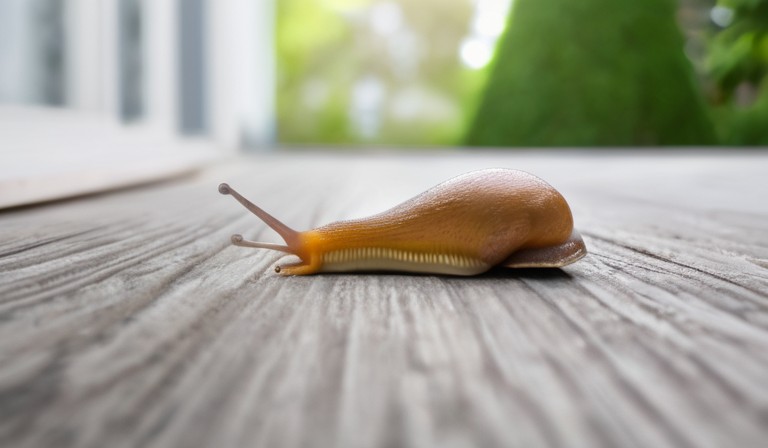
The Presence of Slugs in Your House: Understanding the Causes and Solutions
You may have slugs in your house because they are attracted to dark, damp environments. They can enter through small openings or cracks. Slugs are often found in areas where there is moisture, such as bathrooms, kitchens, or basements. To prevent slugs from entering your house, it's important to seal any openings and keep your home dry. Additionally, you can remove any food sources that may attract them.
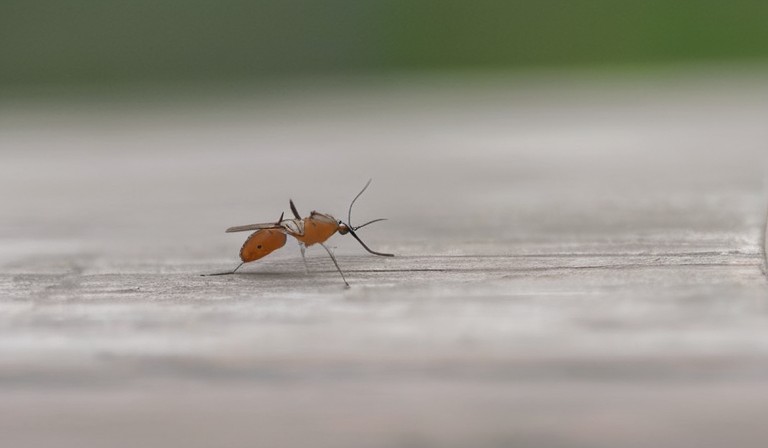
Understanding the Presence of Gnats in Your Home: Causes and Solutions
If you are experiencing gnats in your house, it could be due to a few reasons. One possibility is that there are decaying organic matter, such as fruits or vegetables, that attract the gnats. Another reason could be damp or moist areas, like potted plants or wet sinks, which provide breeding grounds for gnats. Additionally, cracks or openings in doors or windows may allow gnats to enter your house. To address this issue, it is important to clean and dispose of any decaying matter, ensure proper ventilation, and seal any potential entry points to prevent gnats from entering your home.
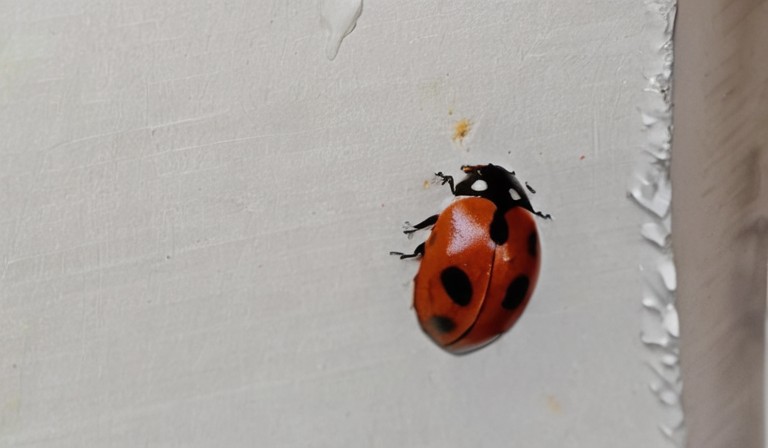
The Surprising Reasons for the Abundance of Ladybugs in Your Home
Ladybugs may be present in your house due to favorable environmental conditions, such as warmth and availability of food. They seek shelter in residential areas during cooler months to survive the winter. We recommend sealing any cracks or openings where they may be entering the house and using vacuums or gentle methods to remove them. If the infestation persists, you may consider contacting pest control professionals for assistance.
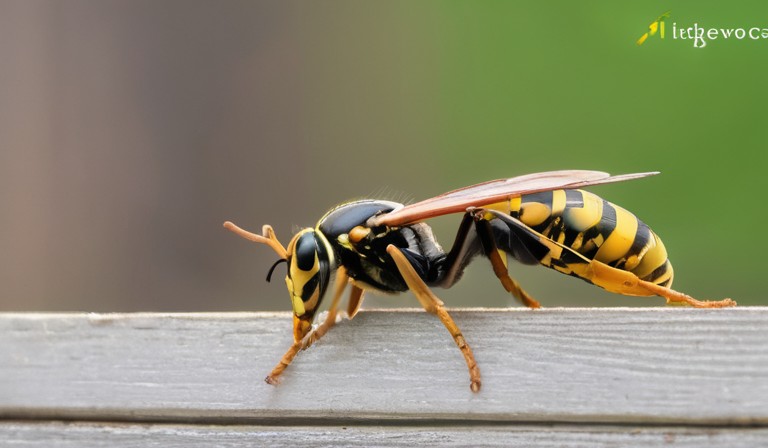
Understanding the Attraction of Wasps to Houses: Factors Influencing Their Presence
We can't provide a specific answer without more information, but there are several reasons why wasps might be attracted to your house. They may be attracted to leftover food or sugary substances, such as fruit or open beverage containers, that are easily accessible. Additionally, if you have a garden or ornamental flowers with nectar, they may be drawn to these food sources. Wasps may also be seeking shelter in small openings or crevices around your house. To prevent wasps from being attracted to your house, ensure that all food and garbage is properly sealed and disposed of, and consider using wasp repellents or sealing any potential entry points.
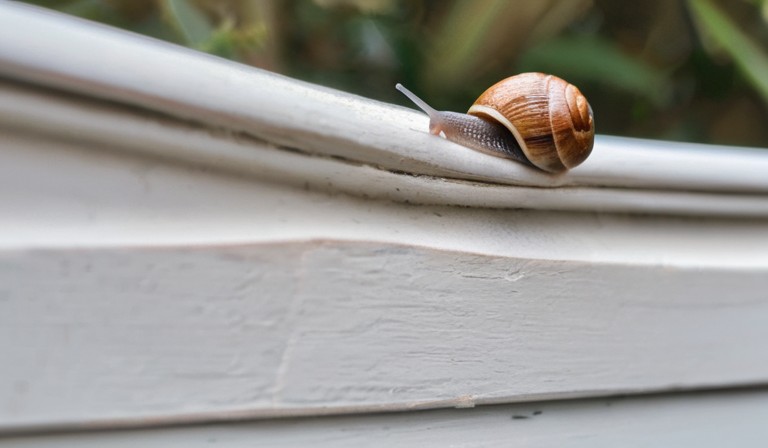
The Fascinating Phenomenon of Snails Found on Houses: Reasons and Implications
Snails might be on your house because they are seeking shelter, moisture, or food sources. They are especially attracted to damp areas and vegetation. To help prevent them from being on your house, you can remove any nearby plants or debris that could be enticing to them. Additionally, sealing cracks and gaps in windows and doors can discourage their entry. If you wish to get rid of them, you can manually remove them or consider using non-toxic methods like barriers or repellents.
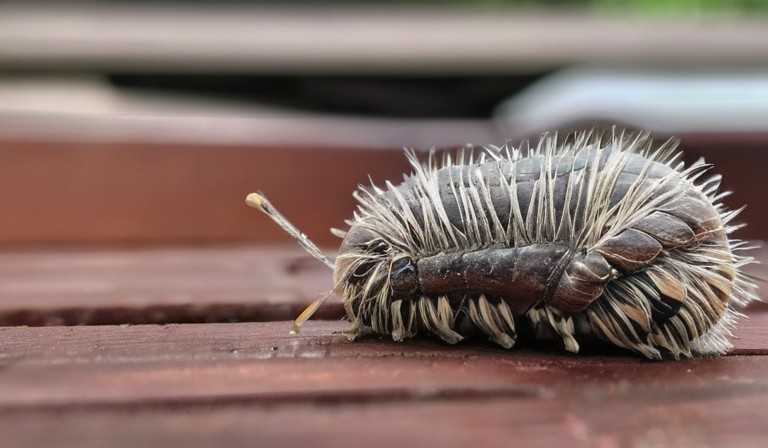
The Proliferation of Pill Bugs: Exploring the Reasons Behind the Abundance of Rollie Pollies Outside Homes
There are likely many rollie pollies outside your house because they are attracted to areas with moisture and decaying vegetation. They prefer damp environments, so if your house provides those conditions, it could be a favorable location for them. To prevent them from entering your home, it's important to address any moisture issues and remove potential food sources.